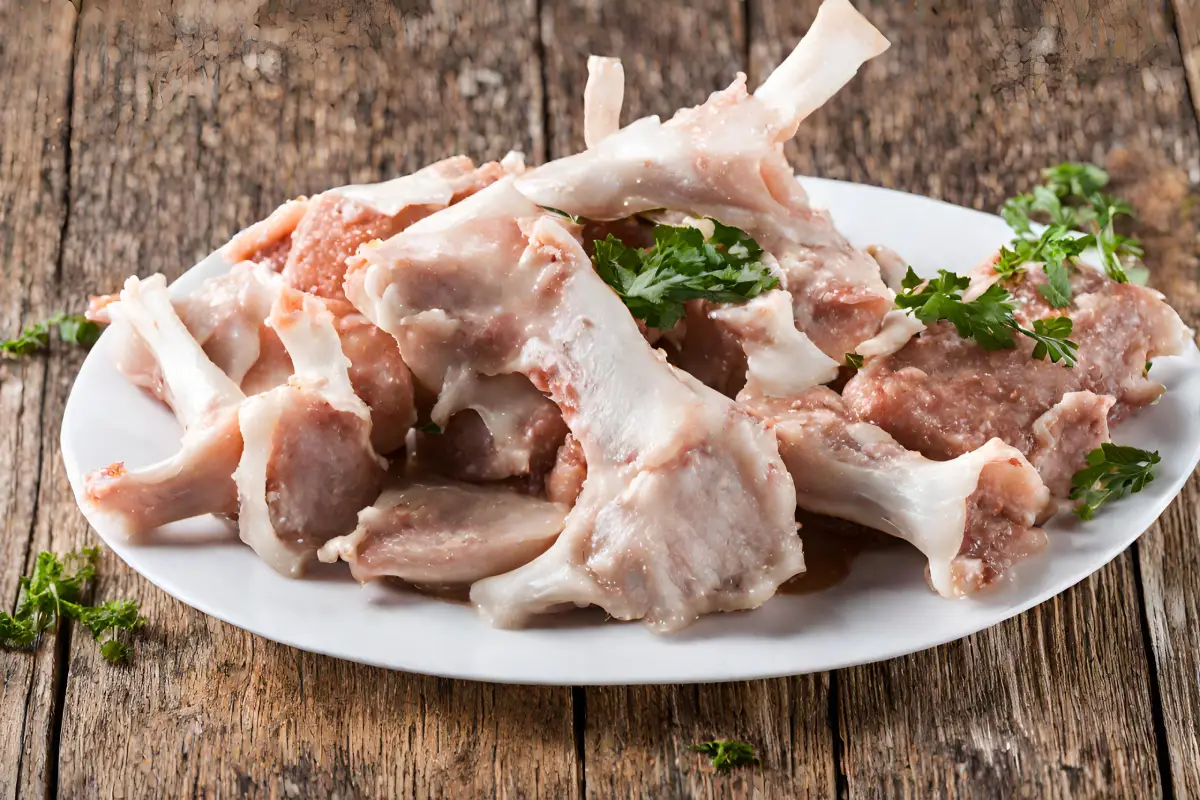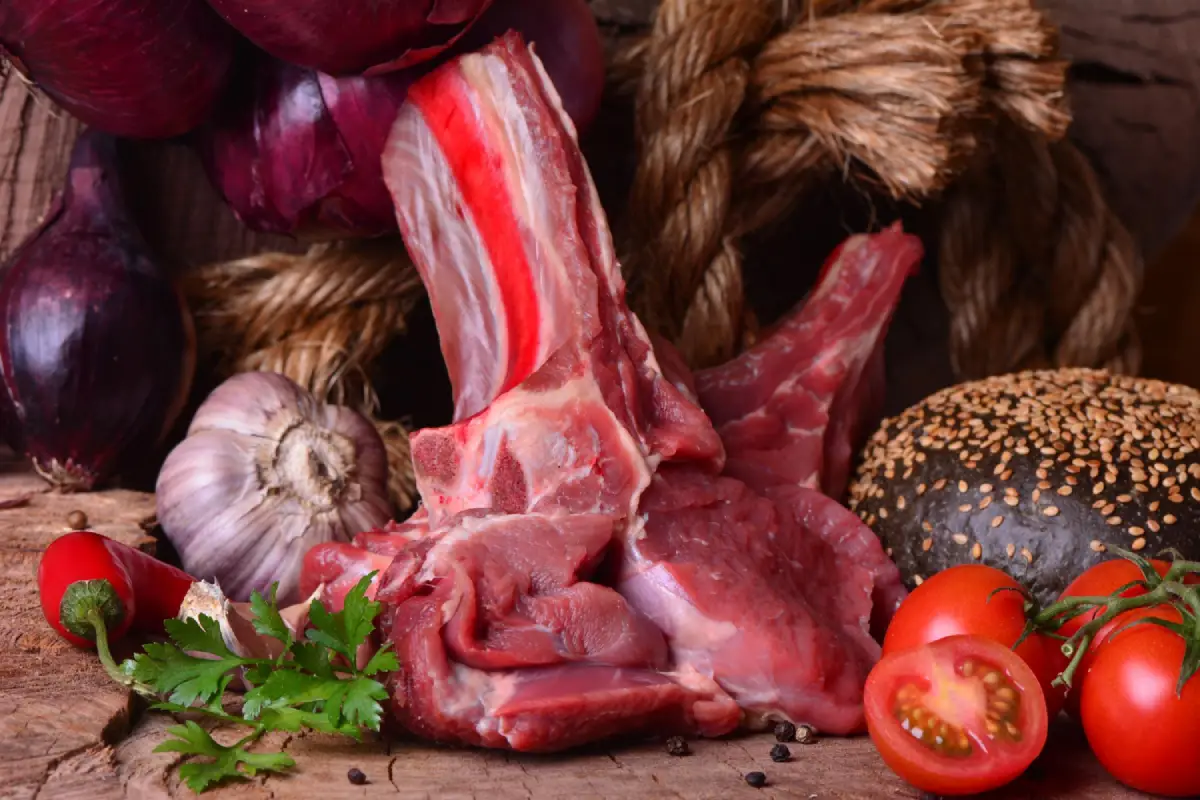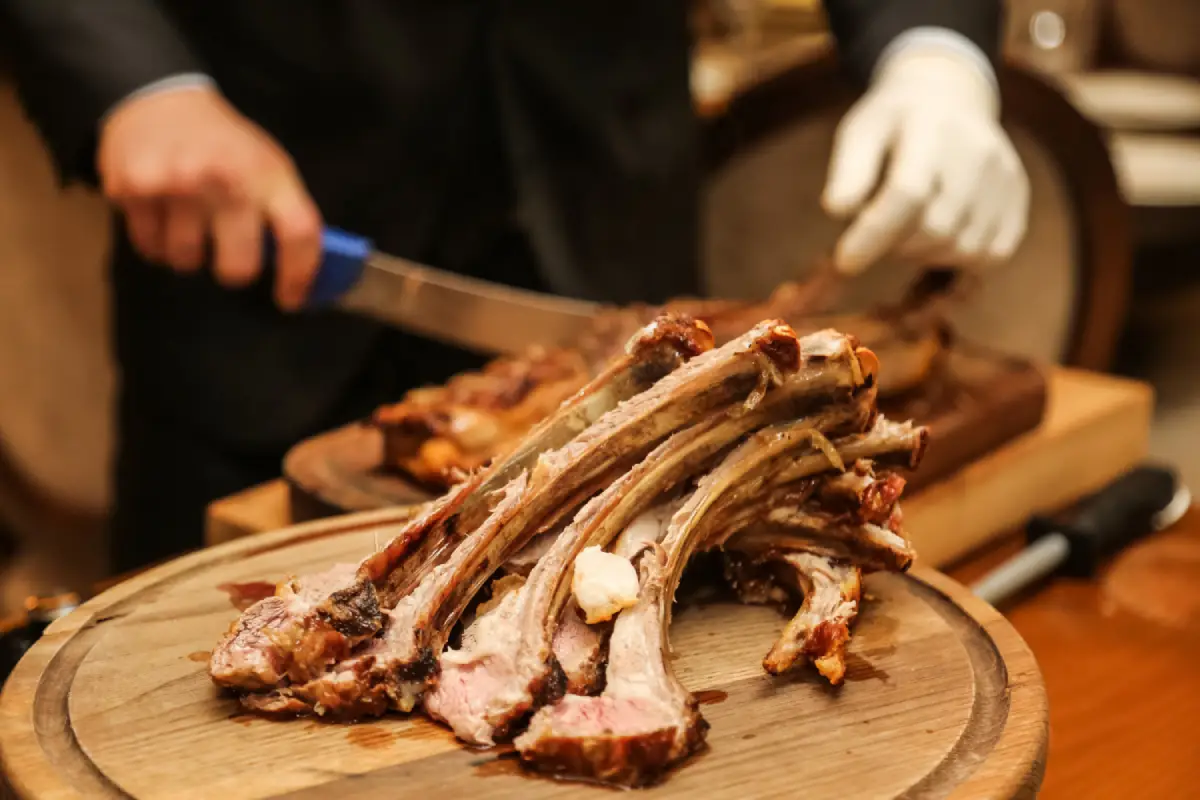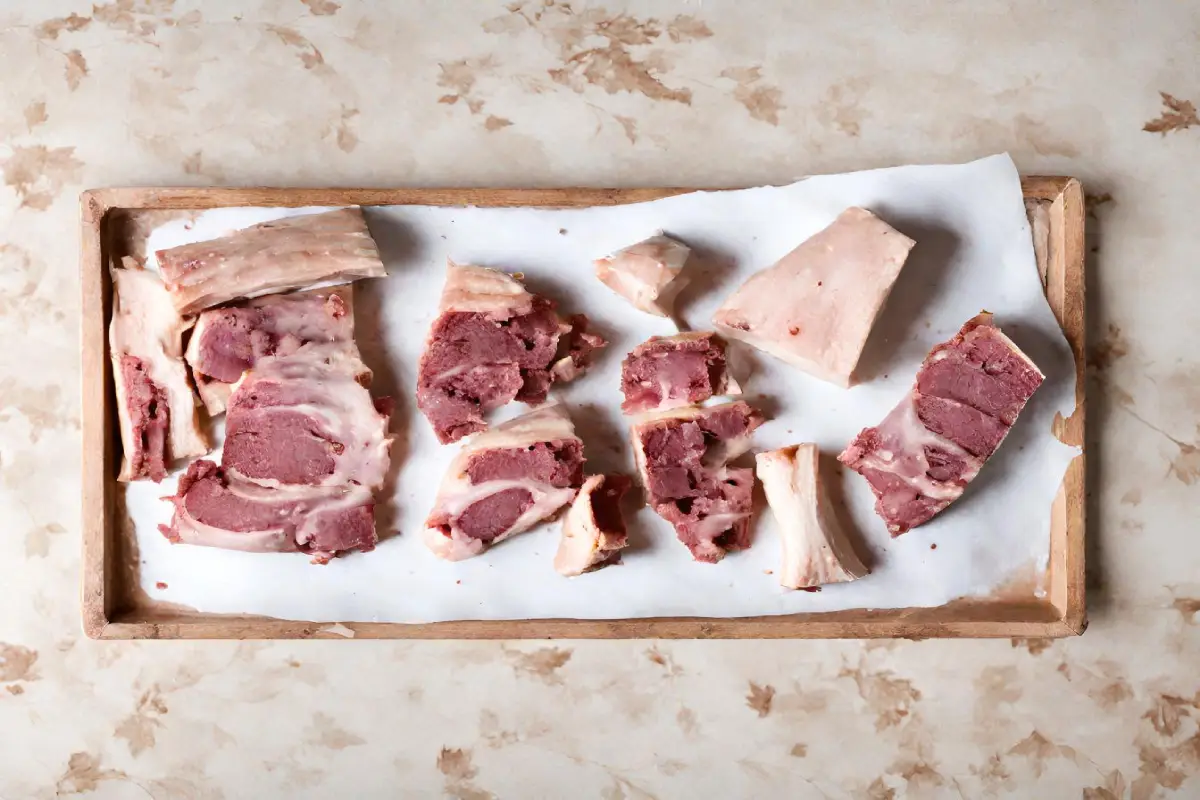Beef bones, a cornerstone of culinary traditions worldwide, offer a unique blend of flavors and nutrients that can elevate simple dishes to gourmet experiences. This comprehensive article delves into the essentials of selecting and cooking with beef bones, with a particular focus on the benefits of grass-fed, organic beef. It aims to provide valuable insights into enhancing your culinary practices with these robust ingredients.
The Significance of Grass-Fed and Organic Beef
The journey to exceptional beef bones begins with the cattle’s upbringing. Grass-fed beef, derived from cattle that graze on pasture, not only stands as a pillar of sustainability but also results in bones that are significantly richer in nutrients and flavor. Moreover, organic certifications ensure that the beef has not been subjected to antibiotics, hormones, or genetically modified organisms (GMOs), thus enhancing the purity and safety of your dishes. These aspects—grass-fed and organic—are paramount for those who place a premium on health and environmental sustainability in their cooking endeavors.
Furthermore, grass-fed beef is known for its higher levels of omega-3 fatty acids and antioxidants, providing an additional nutritional advantage over conventionally raised beef. For more details on the heart-health benefits of grass-fed beef, including its lower total fat content and higher levels of omega-3 fatty acids, see this comprehensive overview here“.
The Nutritional Edge of Beef Bones
Beef bones are a veritable treasure trove of nutrition, rich in minerals such as calcium, magnesium, and phosphorus, as well as collagen and marrow. These components play essential roles in promoting bone health, facilitating joint mobility, and maintaining skin elasticity. It’s important to consider the overall nutritional context of consuming beef, including potential concerns related to red meat intake and its environmental impact. For an in-depth analysis of the benefits and considerations of grass-fed beef in terms of nutrition and environmental sustainability, visit Food Revolution Network here“.
Culinary Uses and Techniques
Bone Broth: A Foundation for Health and Flavor
Bone broth stands as a testament to the culinary versatility and nutritional potency of beef bones. This nutrient-dense liquid serves as an exemplary base for soups, stews, and sauces, imbuing them with depth and richness. The preparation involves simmering beef bones, replete with marrow and residual meat, for an extended period. This slow extraction process liberates the gelatin, marrow, and minerals from the bones, culminating in a broth that is as healthful as it is delicious.
Beef Ribs: A Symphony of Flavors
The article also shines a spotlight on the culinary versatility of beef ribs, from the hearty allure of short ribs to the succulent delights of back ribs. Each cut demands specific cooking techniques to unlock their full potential. For instance, braising short ribs ensures their tenderness, transforming them into a melt-in-your-mouth delicacy. On the other hand, back ribs require a low-and-slow cooking approach to achieve their optimal juiciness and flavor. Additionally, Korean Style Short Ribs introduce an international dimension to beef ribs, offering a marinated, grilled option that is both quick and delectable.
Selecting the Best Beef Bones
The importance of source transparency cannot be overstated when it comes to selecting beef bones. Opting for local farmers or reputable suppliers who can attest to their grass-fed and organic practices is advisable. This not only fosters support for local agriculture but also guarantees that you are utilizing the highest quality ingredients in your cooking. Additionally, understanding the environmental impact of beef production, including the potential benefits of grass-fed beef for soil health and carbon sequestration, provides a deeper appreciation for sustainable culinary practices. For more information on the environmental aspects of grass-fed vs. conventional beef production, explore the insights provided by Food Revolution Network here“.
Conclusion
The exploration of cooking with beef bones is laden with possibilities, from crafting nourishing broths to mastering the art of rib cooking. By opting for grass-fed, organic beef, one not only elevates the nutritional value of their meals but also champions a more sustainable and ethical food system. Whether you’re an experienced chef or a home cook, the incorporation of fbones into your culinary repertoire can add an unparalleled depth, flavor, and array of health benefits to your dishes.





